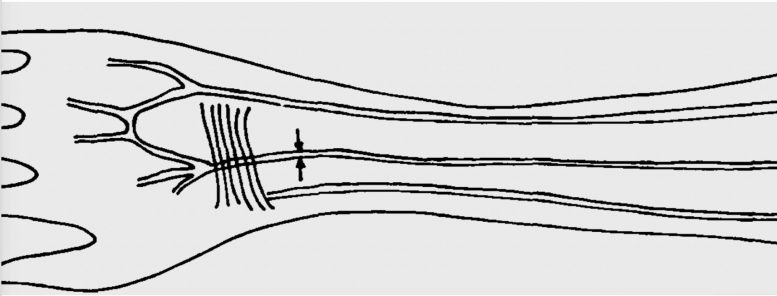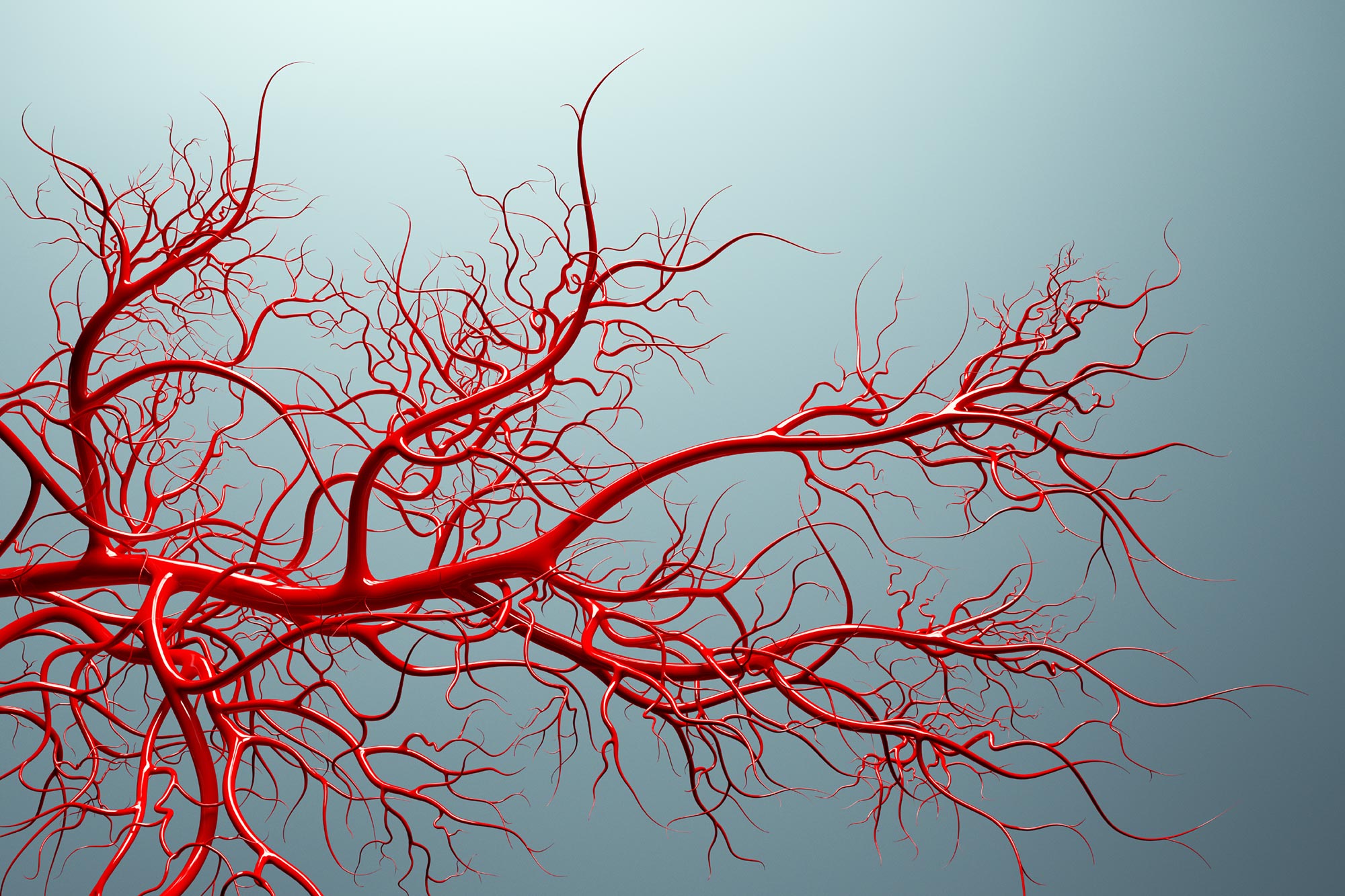A study shows that our species is still evolving and changes in natural selection could be the main reason.
Humans have not yet developed genetic mutations for telepathy or superpowers, but a new study shows that our species are still evolving in unique ways and changes in natural selection could be the main reason.
An investigation by Dr. Teghan Lucas at Flinders University and Professor Maciej Henneberg and Dr. Jaliya Kumaratilake at the University of Adelaide, published in the Journal of Anatomy has shown a significant increase in the prevalence of the median artery in humans since the late 19th century.
The median artery is the main vessel that supplies blood to the human forearm and hand when it is first formed in the womb. However, it disappears once two arteries seen in adults develop. But many people now keep the median artery in addition to the other two arteries (roughly every third one) for life.
This development trend will continue into the 80 years after today, with the median artery being common in the human forearm.

Sketch of the median artery in the human forearm. Photo credit: Prof. Dr. Have Maciej Henneberg, University of Zurich
The radial and ulnar arteries usually replace the median artery during the developmental stages in the womb, so most adults obviously do not have a median artery, but more and more cases keep the artery so that a person can have all three arteries because the median artery does not constitute one actual health risk.
Dr. Teghan Lucas of Flinders University says this generational study of the prevalence of the artery shows that modern humans are developing faster than at any point in the last 250 years.
“Anatomists have been studying the prevalence of this artery in adults since the 18th century, and our study shows it is increasing significantly. The prevalence was around 10% in people born in the mid-1880s, compared to 30% in people born in the late 20th century. So this is a significant increase in a relatively short time when it comes to evolution. ”
“This increase could be due to mutations in genes involved in median artery development, or maternal health problems during pregnancy, or both. If this trend continues, the majority of people will have a median forearm artery by 2100. ”
Dr. Teghan Lucas of Flinders University explains that humans have shown significant increases in the prevalence of the median artery in humans since the late 19th century. This development trend will continue into the 80 years after the present day, with the median artery being common in the human forearm due to natural selection. Photo credit: Flinders University
The research group examined the prevalence of arteries in each generation by analyzing published records and dissecting corpses of people born in the 20th century.
Senior author Professor Maciej Henneberg, who is also a member of the Institute for Evolutionary Medicine at the University of Zurich in Switzerland, says the median artery has advantages in that it increases the total blood supply and can be used as a substitute for surgery in other parts of the human body.
“This is the microevolution in modern humans, and the median artery is a perfect example of how we are still evolving as people born more recently have this artery more often compared to people of earlier generations.”
“We have collected all of the data published in the anatomical literature and have continued to examine corpses donated for studies in Adelaide. We have found that around a third of Australians have the median artery in their forearm and everyone will have it by the end of the century if this process continues. ”
Other examples of the change in human anatomy over time are the prevalence of spina bifida occulta (opening of the sacral canal), abnormal connections of two or more bones in the feet, the increasing lack of wisdom teeth, the thyroidea ima artery (branch of the aortic arch ). – decreased over time, completely disappeared at the end of the 20th century) and fabella (small bone in the back of the knee joint – increased over time).
References: “Recently Increased Prevalence of the Human Median Artery of the Forearm: A Microevolutionary Change” by Teghan Lucas, Jaliya Kumaratilake and Maciej Henneberg, September 10, 2020, Journal of Anatomy.
DOI: 10.1111 / joa.13224



